Fishing the Shallow Water for Bass
Table of Contents
- Introduction
- Understanding Shallow Water Bass Fishing
- Choosing the Right Gear
- Techniques for Fishing the Shallow Water for Bass?
- Tips for Fishing the Shallow Water for Bass
- Conclusion
- FAQs
Introduction
Fishing the shallow water for bass can be a rewarding experience, but it can also be challenging. Bass can be elusive in shallow water, and you need to use the right techniques and strategies to increase your chances of success. In this article, we’ll explore some of the best techniques for fishing shallow water for bass.
Understanding Shallow Water Bass Fishing
Before we dive into the techniques, let’s first understand what shallow-water bass fishing is all about. Shallow water is generally defined as water that is less than 10 feet deep. Bass are known to frequent shallow water, especially during the spawning season. During this time, they are looking for suitable nesting sites and are more aggressive in protecting their territory. Shallow water also provides bass with easy access to food, such as crawfish, insects, and small fish.
Choosing the Right Gear
Fishing shallow water for bass, you’ll need to choose the right gear. Here are some tips:
Rods and Reels
For shallow water fishing, use a medium to fast-action rod with a length of 6 to 7 feet. A spinning reel with a high gear ratio will help you reel in the fish quickly.
Lines and Lures
A braided line with a test strength of 30 to 50 pounds is ideal for fishing the shallow water for bass. Use lures that mimic the natural prey of bass, such as crankbaits, spinnerbaits, and soft plastic baits.
Techniques for Fishing Shallow Water for Bass
Now that you have the right gear let’s dive into the techniques for fishing the shallow water for bass.
1. Topwater Fishing
Topwater fishing is a great technique for catching bass in shallow water. Use topwater lures like poppers and frogs, and cast them near the shoreline or other structures like logs and rocks. Retrieve the lure with a slow and steady motion to create a disturbance on the surface of the water, attracting the attention of the bass.
2. Flipping and Pitching
Flipping and pitching are techniques that involve dropping the bait into the water without making a splash. Use a heavy-weighted lure and a short line to make accurate casts into areas with cover like grass, bushes, and fallen trees. This technique is effective for catching bass that are hiding in these areas.
3. Cranking
Cranking involves using crankbaits that imitate the movement of a fish. Cast the lure parallel to the shore and retrieve it in a steady and slow motion. This technique is effective for covering a large area of shallow water quickly.
4. Jigging
Jigging involves bouncing the bait up and down to create a lifelike movement. Use a jig with a soft plastic bait and cast it near structures like logs and rocks. Let the jig sink to the bottom and then bounce it up and down to attract the attention of the bass.
5. Spinnerbait Fishing
Spinnerbaits are effective lures for fishing shallow water for bass. Cast the spinnerbait near the shoreline or other structures like docks and piers. Retrieve the lure with a slow and steady motion to create a vibration in the water, attracting the attention of the bass.
Tips for Fishing Shallow Water for Bass
Here are some additional tips to help you catch more bass in shallow water:
- Look for areas with cover like grass, bushes, and fallen trees. Bass like to hide in these areas.
- Pay attention to the weather conditions. Bass are more active during cloudy and overcast days.
- Use polarized sunglasses to see through the water and locate the bass.
- Vary your retrieve speed to find what works best for the bass in that particular area.
Conclusion
In conclusion, fishing in shallow water for bass can be a fun and rewarding experience if you use the right techniques and gear. Understanding the habits and behaviours of bass in shallow water can help you choose the right technique for the situation. Remember to always be patient and try different techniques until you find what works best for the bass in that particular area.
FAQs For Techniques for Fishing the Shallow Water for Bass
- What time of day is best for fishing in shallow water for bass?
- Bass are most active during low light conditions, such as dawn and dusk, but can be caught throughout the day.
- What type of cover should I look for when fishing shallow water for bass?
- Look for areas with cover like grass, bushes, and fallen trees. Bass like to hide in these areas.
- What kind of lures are best for fishing in shallow water for bass?
- Use lures that mimic the natural prey of bass, such as crankbaits, spinnerbaits, and soft plastic baits.
- Can I use a baitcasting reel for fishing the shallow water for bass?
- Yes, you can use a baitcasting reel for fishing the
- shallow water for bass. However, a spinning reel may be more suitable for beginners.
- What is the best line strength for fishing in shallow water for bass?
- A braided line with a test strength of 30 to 50 pounds is ideal for fishing in shallow water for bass.

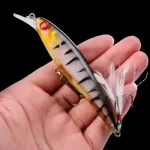


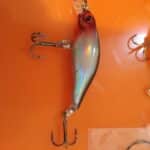
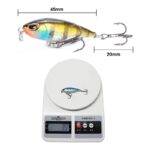

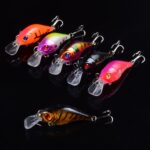
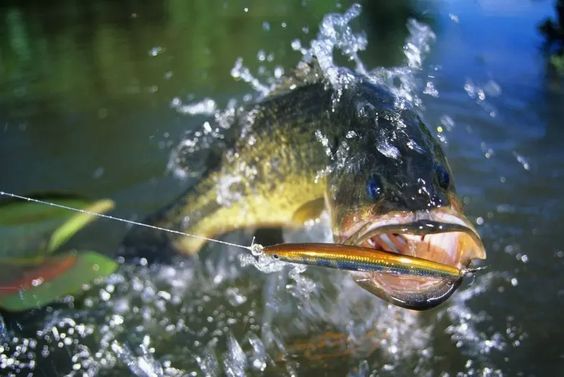
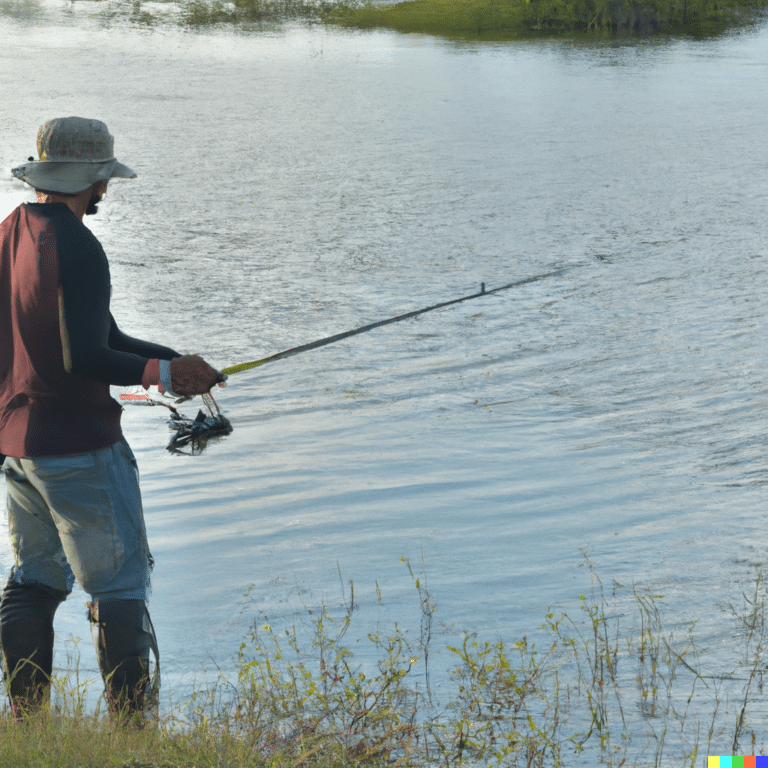
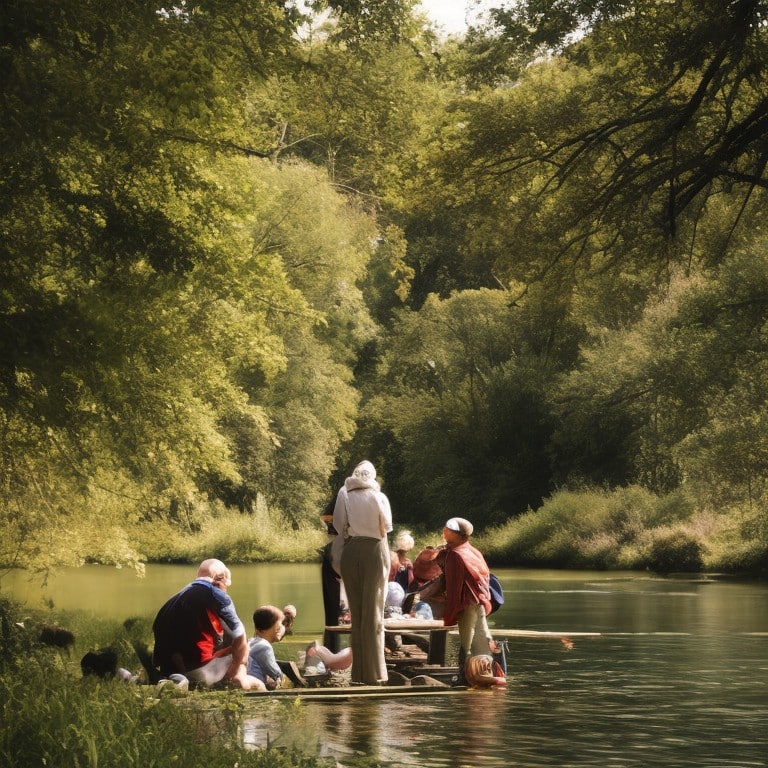
Leave a comment